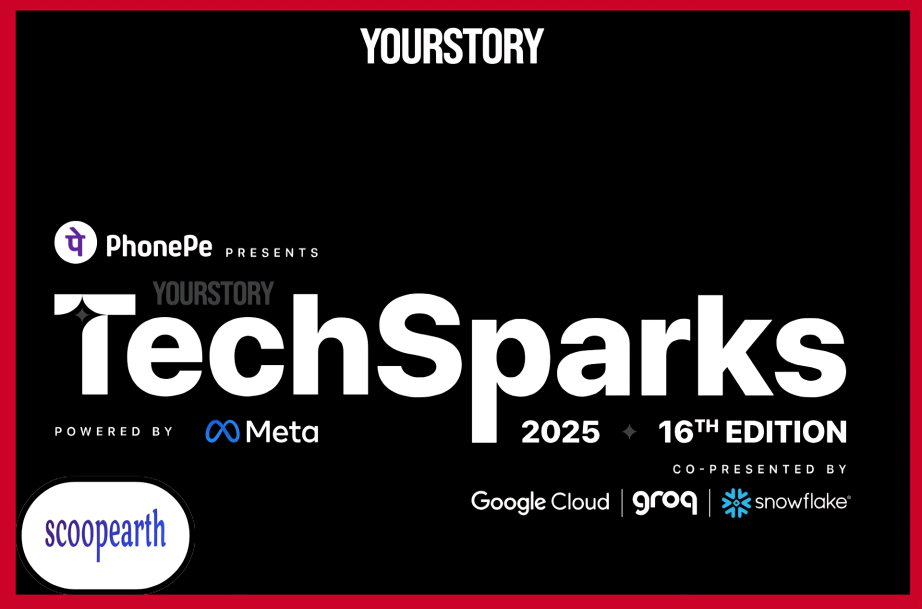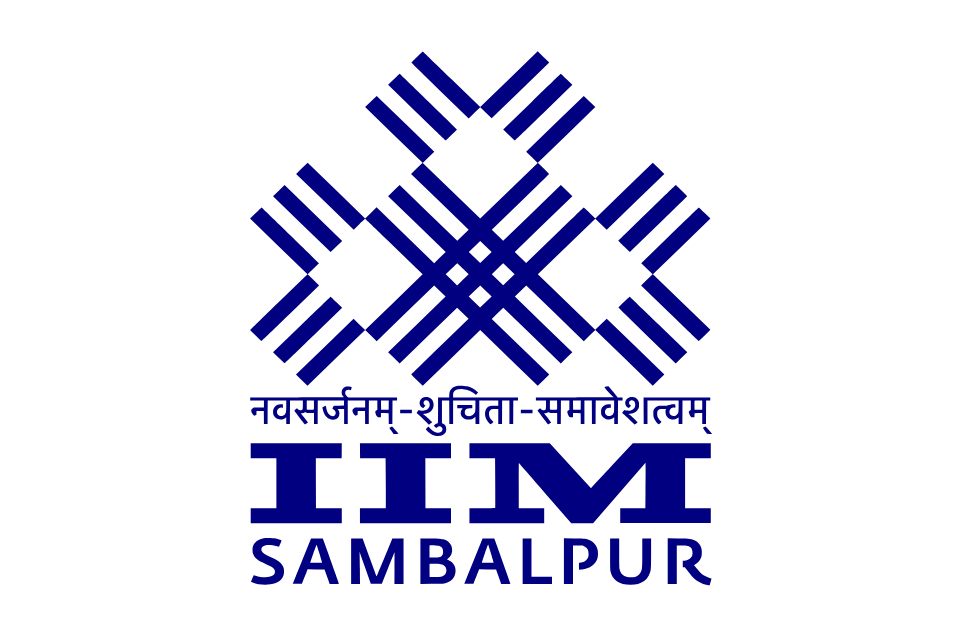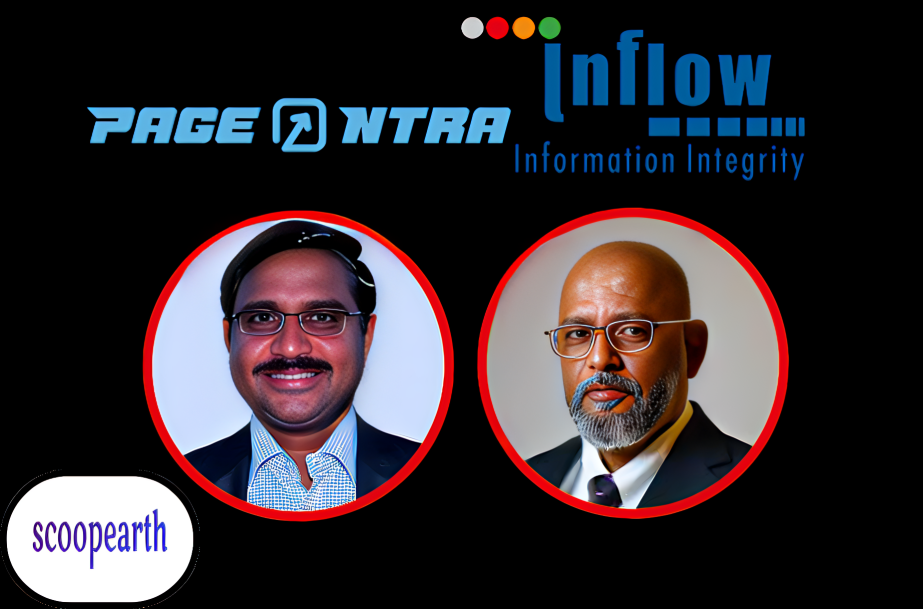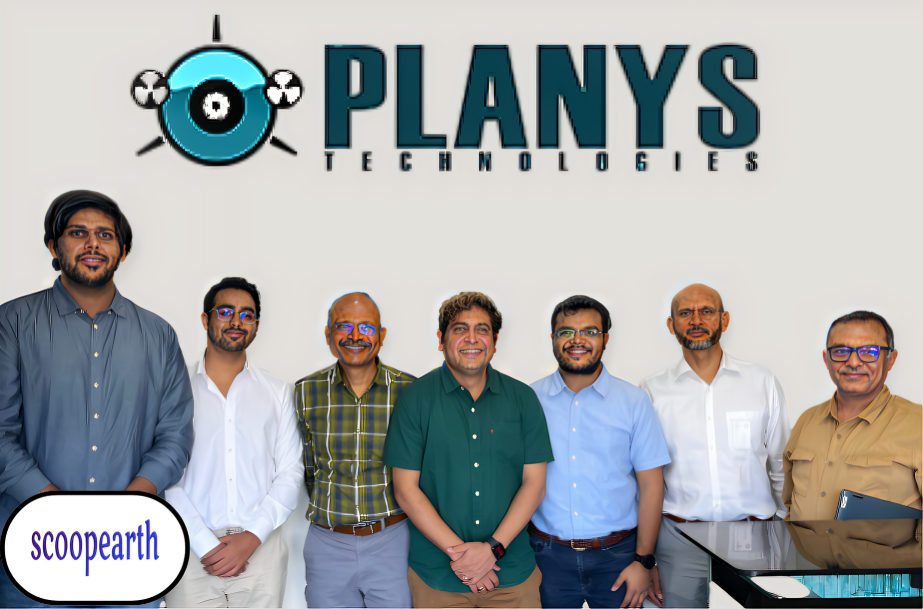Google officially announced the global expansion of Opal, bringing it to India and 14 other countries

SUMMARY
Google has publicly declared the massive international growth of its artificial intelligence-based app-building device, Opal, making it available in India and 14 additional nations. Opal is an AI-powered no-code application builder created by Google Labs as an early experiment in the US that aims to simplify application creation and enable it to be done by anyone around the world. Its fundamental value is the fact that anyone, even someone who does not know how to code, can create a functioning mini web application simply by entering natural language commands. This was seen as an important development in the overall effort of Google to democratize technology and empower nontechnical creators in different international markets.
Aim and global expansion
The growth of Opal is a direct focus on a worldwide market of creators, innovators, and problem-solvers, and has been restricted to entry due to technological constraints in the past. The philosophy of the platform focuses on what is occasionally referred to as vibe coding, in which the somewhat complicated generation of code is managed by the AI models of Google entirely, and only the idea of the application is pursued by the user.
Fifteen new regions will be rolled out. Canada, India, Japan, South Korea, Vietnam, Indonesia, Brazil, Singapore, Colombia, El Salvador, Costa Rica, Panama, Honduras, Argentina, and Pakistan are some of the countries where Opal is currently rolling out. With its presence in these new markets in Asia and Latin America, Google is looking to speed up the uptake of convenient app-building solutions in these new tech markets.
The expansion into other countries, other than the US market, was a direct influence of the early users of the Opal platform. Megan Li, a Senior Product Manager at Google Labs, confessed to the initial expectations of the company and the fact of user adoption. She mentioned that during the first introduction of Opal, Google had expected users to create primarily simple and fun tools. This reaction was way above these expectations. According to Li, they instead witnessed a flood of sophisticated, practical, and highly creative Opal apps.
The resourcefulness that these early adopters exhibited had convinced the team that they had to put Opal into the hands of more creators around the world. The identified potential proved the Opal as a powerful player in the developing no-code and low-code development market, directly competing with existing tools, like Canva, Figma, and Replit.
No-Code workflow and technical upgrades
The basic idea of Opal lies in its user-friendly design and interface. The user starts by writing in plain text how they want to create an application, and the AI then creates a functional prototype. A visual editor allows one to view and manipulate this prototype. It is this editor that the creator can tailor the app to, changing its workflow, fine-tuning the single steps, or adding new processes, without writing a line of code.
This graphical interface offers perceptual control of the logic in the application. When the creator is happy with the prototype, the completed application can be directly published to the web and shared with others with the help of a secure Google account link to allow instant testing and interaction via the internet. The introduction of new and improved debugging features and the introduction of major performance improvements, like parallel execution and the creation of a project in almost no time, is an indication that Google is determined to make Opal a powerful and trustworthy presence in the low-code market.
At the same time as the internationalization, Google also implemented necessary technical and usability improvements to the Opal platform according to user comments. Among the significant improvements, one is concerned with the debugging process, which is entirely no-code. This allows the user to enjoy a better debugging system that lists the errors in the workflow, and they are pointed to the step where the failure was experienced. This enables debugging both step by step in the visual editor, which gives real-time control and greatly minimizes the guesswork during the development process.
In addition, there is an enhanced performance. Changing the core of systems has simplified and shortened the process of creating apps, which now have almost instant project setup times, compared to the five-second-plus times it took previously. Opal has also been updated to run parallel workflows with several steps of a complex application running in parallel, enhancing performance and decreasing overall wait time.
Conclusion
The decision by Google to expand its AI app builder, Opal, to fifteen other countries, including India, represents a turning point in the democratization of software development. With Opal being available to users with a Google account in covered locations, its global presence will help expedite innovation and streamline the development environment of a new generation of creators in major emerging technology markets.
Note: We at scoopearth take our ethics very seriously. More information about it can be found here.
















